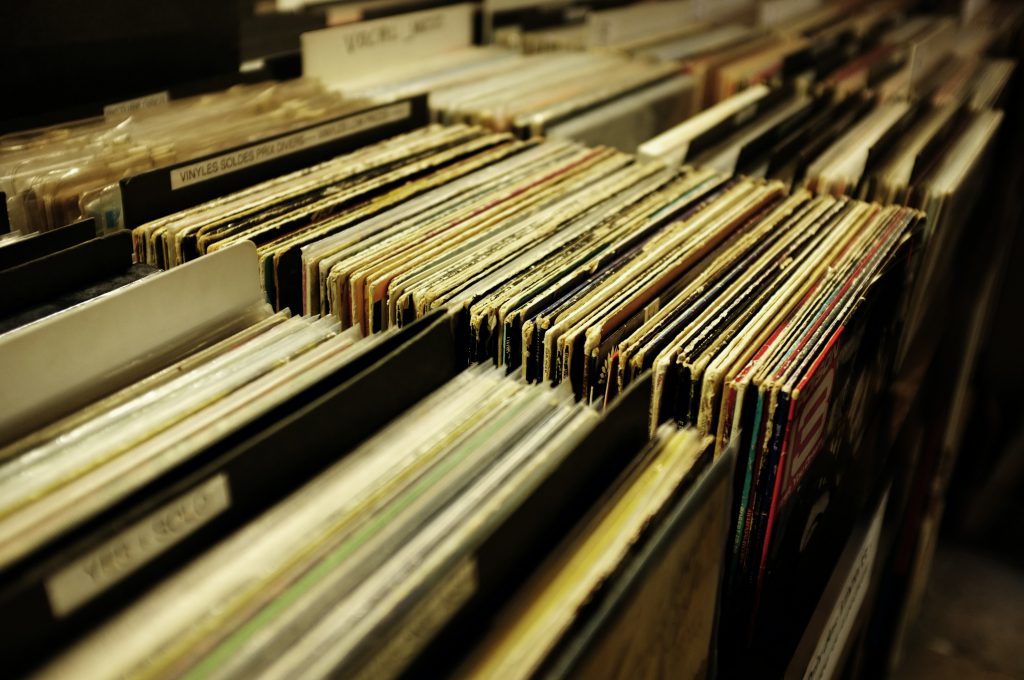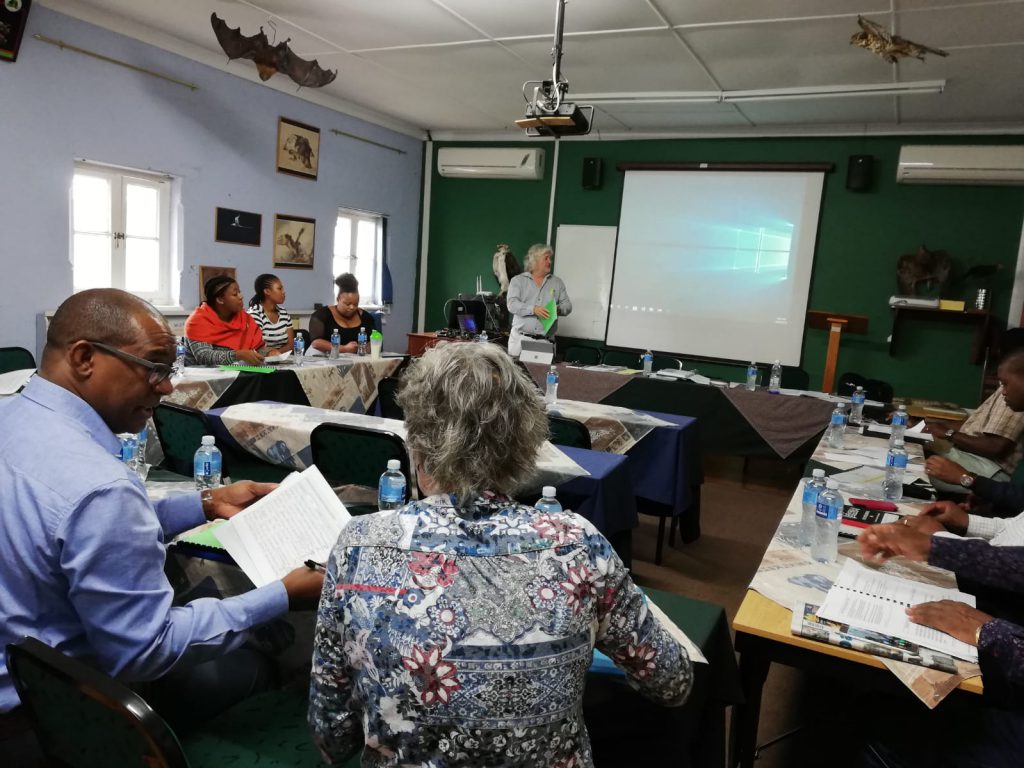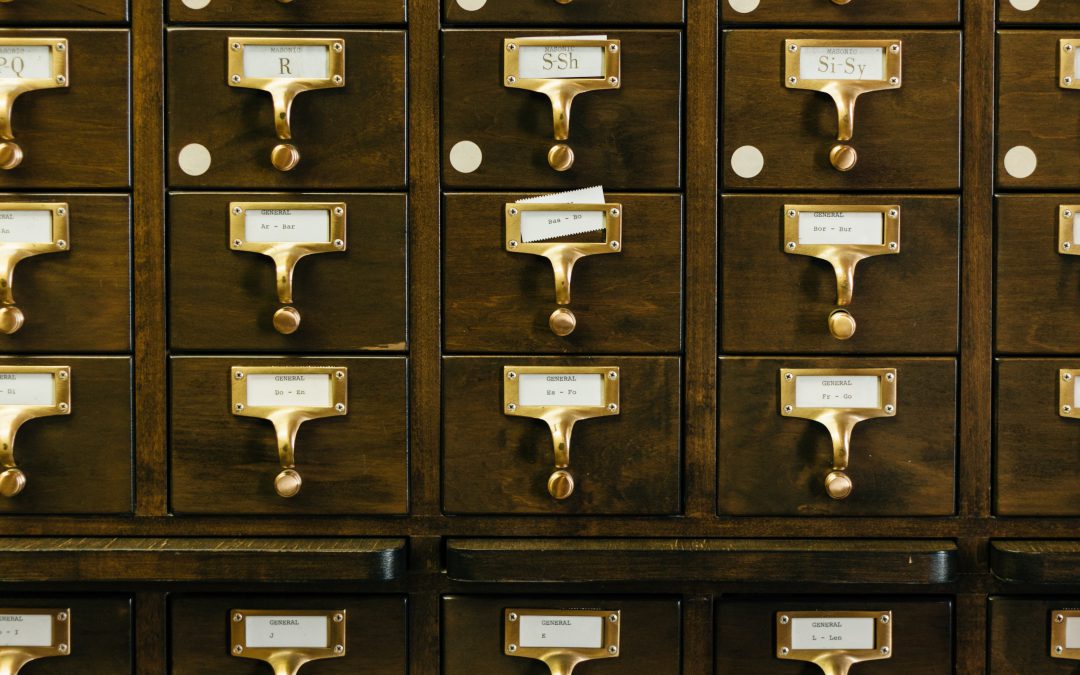All museums must have an up to date and accurate inventory of their collections and other items. Is this true for your museum?

The importance of Inventory
The Spectrum 5 procedure for Inventory defines this as “Making sure you have the basic information to be accountable for the objects in your care and tackling the backlog if you do not.”. All museum standards make reference to the importance of maintaining such records of keeping them up to date, current, although there may be a lack of distinction between the accession register and the inventory which is important to clarify.
The Inventory is a record of the items under your care, no matter whether you own the items or not. The inventory requires core information to be captured maintained including the item numbers, names, and descriptions; the type of the items; the condition; and the location.
The inventory is the most basic of all museum documents and is the basis for much other museum documentation. The inventory as used in a museum can be paralleled with the physical inventory records one would find in a warehouse or stock room, with the notable exception that the museum items also have a wealth of information which provides context and meaning which is recorded in the catalogue.
The inventory is the core record from which the Heritage Assets Register will be developed, combing the inventory with valuation information, and these are used within the accounting processes to ensure compliance with the disclosure and reporting requirements of GRAP 103. Whereas GRAP 103 work is concerned with the financial elements of the collections, including holdings, valuations, accessions, disposals, and impairments, it has been our experience that none of this can be done without a comprehensive and accurate inventory in place, and that the inventorisation element of GRAP 103 projects comprises around 60-80% of the total work.
ETHER can help
We commence our work by identifying all existing sources of inventory and building up a common database to be used. This may involve the capturing of paper information and the migration of other data sources such as those in Excel, Access or Word. In most cases, this will be an Accessions Register but may include other related documents, and many include audit records conducted by various people in the past.

We examine your existing standards on numbering and labelling and make recommendations on these while preferring to preserve existing numbering systems in place unless there are significant problems which should be corrected.
We audit the entire collection down to the agreed level of units, for example down to the box or the document level and will create images which are suitable for audit verification but not suited for preservation. To accomplish this audit we first examine and document the locations at which objects are stored, and the processes for movement between these locations. We conduct a location audit to determine the suitability and to record other parameters such as access and environmental controls.
One feature of our audit process is the cross-linkage to the existing records, which may include items on the audit which cannot be found, and which may include items founds in the collections for which there are no existing records. As we move through the collections we may assist with resorting of the information and we may also provide numbering and labelling where this is required. We will not engage in cleaning of the locations or items, but will make recommendations.
Outcomes
The primary outcome is an Inventory stored as an Access database, and for which we may also provide an ETHER Base implementation for your museum to support ongoing database and process management of your collection.
Secondary outcomes will include:
- Reorganising of the storage
- Numbering and labelling
- Specific standards to support inventory maintenance
Procedures for Entry, Exit and Movement to ensure the Inventory is maintained.
Fees
The fees are dependant on the type of objects, the quantity, the availability of existing records, and the time required to complete the assignment. We are prepared to offer a fixed price fee following a basic understanding of your requirements.
Contact us
The ETHER Initiative is a programme of Roger Layton Associates (Pty) Ltd. ETHER Education is a business unit within The ETHER Initiative, which addresses the training and educational needs of the heritage sector, with a focus on museum and collection management practices.
Dr Roger Layton, CEO, roger.layton@ether.co.za, 082.881.0380
Sholeen Sanker, sholeen.sanker@ether.co.za


Is ETHER going to do the inventory for the museum or is ETHER going to train museum staff so that the trained museum staff can do this in the museum? Please explain.
Dear Mr Cimi. Good to hear from you The last time we engaged was during the Governance workshops which we ran early last year.
We have developed an approach to inventorying based on our experience with conducting GRAP 103 projects, in which we have found that almost no museums have an adequate inventory which can serve the basis for the GRAP 103 disclosures.
We can do this both ways with us being on-site to assist with the inventory, while also using and training the staff onsite as well. Whereas travel between provinces is still an issue, we are hoping that this will open up soon, and we can use local personnel whom we have available in the Eastern Cape as required to start the process.
Another service we are launching is an online portal to provide access to the educational materials from the museums, given that school visits are cancelled indefinitely and we are ready to start working with museums on this immediately. Our portal is called the One-Museum and I presented this as a paper to the SAMA 2018 COnference held at NELM as a conceptual model. Since then we have been busy developing this and it is now ready for submissions from museums – there is no charge for the hosting on this portal, and we only change for assisting with the preparation of the educational materials to make them accessible.
It may be better to contact me on my normal email at roger@rl.co.za
Regards
Dr Roger Layton